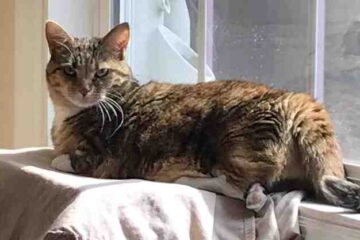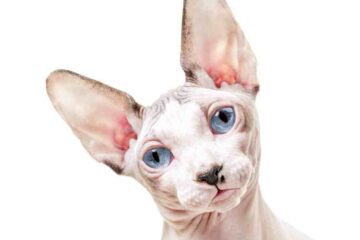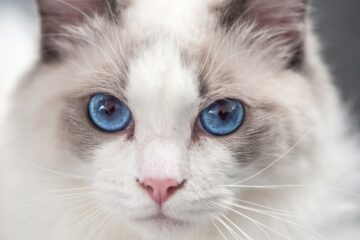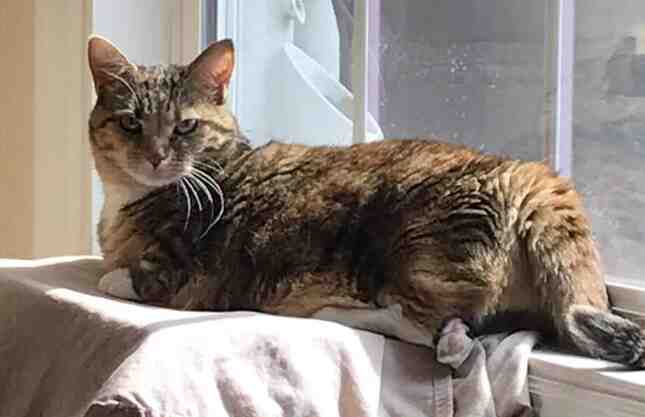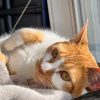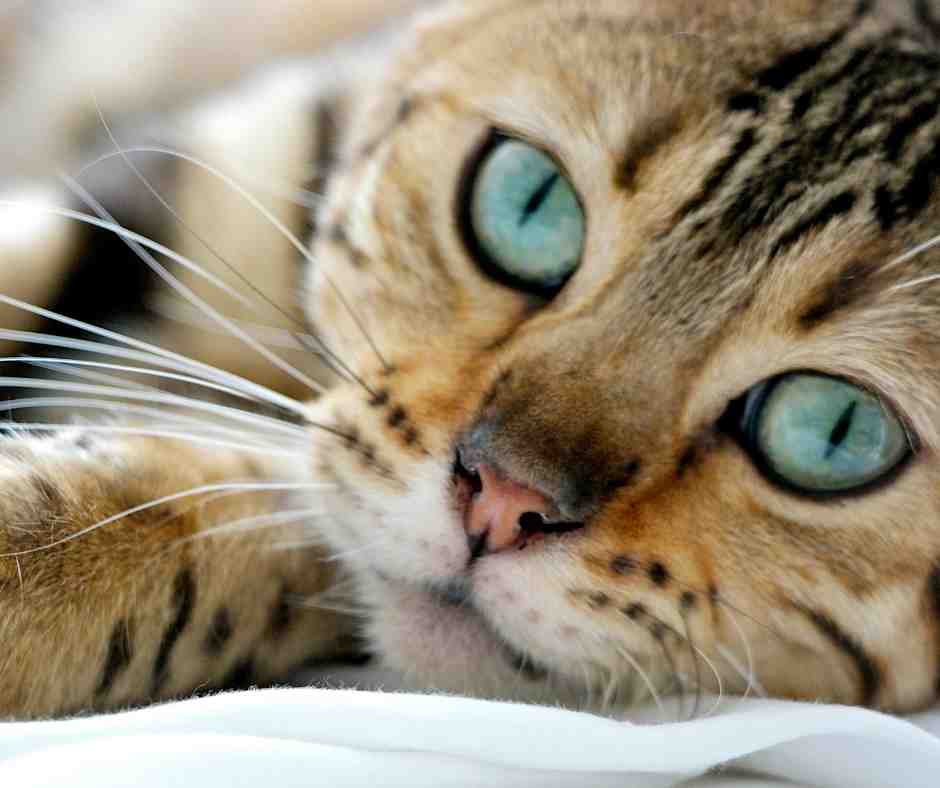
Bengal Cat Breed Profile
Introduction
The Bengal cat is a striking and exotic breed known for its wild appearance and friendly, playful personality. Bred to resemble small jungle cats like leopards, Bengal cats have a distinctive spotted or marbled coat and a muscular build. They are energetic, intelligent, and highly sociable, making them a popular choice for cat enthusiasts seeking a lively and engaging companion. Whether you’re captivated by their stunning looks or their active and affectionate nature, Bengal cats are sure to bring excitement and joy to any home.
Bengal Cat Breed Facts
- Country of Origin: United States
- Breed Group or Category: Hybrid (Domestic x Wild)
- Height: 13-16 inches
- Weight: 8-15 pounds
- Lifespan: 12-16 years
- Average Price: $1,000-$4,000
- Hypoallergenic: No, but they produce less dander than some breeds
- Good with Kids: Yes, typically good with children
- Good with Other Pets: Yes, generally friendly with other cats and dogs
Bengal Cat Breed History
The Bengal cat is a relatively new breed that originated in the United States during the late 20th century. The breed was developed by breeding domestic cats with the Asian Leopard Cat (Prionailurus bengalensis), a small wild cat native to Asia. The goal was to create a domestic cat with the striking appearance of a wild leopard but the temperament of a loving house pet.
The first successful hybridization occurred in the early 1960s when Jean Mill, an American breeder, crossed an Asian Leopard Cat with a domestic cat. The breed gained further development and popularity in the 1980s as more breeders began working with these hybrids to stabilize the breed’s characteristics. By the 1990s, the Bengal cat was recognized by major cat registries and has since become one of the most popular and sought-after cat breeds in the world.
Bengal Cat Personality
Bengal cats are known for their energetic, playful, and affectionate nature. They are highly active and require plenty of physical and mental stimulation to keep them happy and healthy. Bengals love to climb, jump, and explore their surroundings, often displaying acrobatic feats. They are also very curious and enjoy interactive toys, puzzle feeders, and games that challenge their intelligence.
These cats are highly social and form strong bonds with their owners. They are often described as “dog-like” because of their loyalty and desire for human companionship. Bengals enjoy being involved in family activities and will often follow their owners around the house. They are also known for their vocalizations, using a variety of sounds to communicate with their owners.
Bengal cats are generally good with children and other pets, especially if they are socialized from a young age. Their playful and gentle nature makes them excellent companions for families with kids and other animals.
Bengal Cat Breed Appearance
The Bengal cat has a distinctive and exotic appearance that sets it apart from other domestic cat breeds. They are medium to large cats with a muscular build and a sleek, athletic body. Their coat is short, dense, and soft, with a unique spotted or marbled pattern that mimics the appearance of wild cats.
Bengals come in a variety of colors, including brown, silver, and snow. The most common pattern is the spotted or “leopard” pattern, but they can also have marbled coats with swirls and streaks. Their eyes are large, oval-shaped, and can be green, gold, or blue, adding to their wild and captivating look. The ears are medium-sized, rounded, and set wide apart, enhancing their alert and curious expression.
Bengal Cat Health Concerns
Bengal cats are generally healthy, but like all breeds, they can be prone to certain genetic and health issues. Responsible breeders screen for these conditions to reduce their prevalence.
- Hypertrophic Cardiomyopathy (HCM): A common heart condition in cats that can lead to heart failure.
- Progressive Retinal Atrophy (PRA): A genetic disorder that causes degeneration of the retina, leading to blindness.
- Patellar Luxation: A condition where the kneecap dislocates, causing pain and mobility issues.
- Flat-Chested Kitten Syndrome (FCKS): A condition seen in some Bengal kittens where the chest appears flattened, potentially affecting respiratory function.
- Hip Dysplasia: A genetic condition where the hip joint doesn’t fit properly, leading to arthritis and pain.
Bengal Cat Exercise Needs
Bengal cats are highly active and require significant exercise to stay healthy and happy. They enjoy climbing, running, and playing, so providing ample opportunities for physical activity is essential. Cat trees, climbing shelves, and plenty of interactive toys can help meet their exercise needs.
Bengals also benefit from regular play sessions with their owners. Interactive toys like feather wands, laser pointers, and puzzle toys can help keep them mentally stimulated and physically active. Due to their high energy levels, Bengal cats can become bored and develop behavioral issues if they do not receive enough exercise and stimulation.
Bengal Cat Breed Training and Behavior
Training a Bengal cat can be a rewarding experience due to their intelligence and eagerness to interact with their owners. They can learn commands, tricks, and even how to walk on a leash. Positive reinforcement methods, such as treats and praise, are most effective when training Bengal cats.
Bengals are known for their playful and sometimes mischievous behavior. They enjoy exploring their environment and may get into things if they are not provided with enough stimulation. Ensuring they have plenty of toys, interactive playtime, and companionship can help prevent behavioral issues related to boredom.
Bengal Cat Grooming Needs
Bengal cats have a short, dense coat that is relatively low-maintenance. Regular brushing once a week is usually sufficient to remove loose hair and keep their coat shiny and healthy. Bengals are not heavy shedders, which makes grooming easier compared to long-haired breeds.
Routine grooming should also include regular dental hygiene, such as brushing their teeth and providing dental treats. Regular nail trimming and ear cleaning are also important aspects of their grooming routine.
Bengal Cat Care Needs
Caring for a Bengal cat involves meeting their physical, mental, and emotional needs. These cats thrive on social interaction and should not be left alone for long periods. Providing plenty of attention, playtime, and interaction is crucial for their well-being.
A balanced diet is essential to keep Bengal cats healthy. High-quality cat food that meets their nutritional needs should be provided, along with fresh water at all times. Regular veterinary check-ups are also important to monitor their health and catch any potential issues early.
5 Frequently Asked Questions about Bengal Cats
- Are Bengal cats hypoallergenic? No, Bengal cats are not hypoallergenic, but they produce less dander compared to some other breeds, which may cause fewer allergic reactions in some people.
- Do Bengal cats get along with other pets? Yes, Bengal cats are generally friendly and can get along well with other pets, including dogs and other cats, especially if they are socialized from a young age.
- How vocal are Bengal cats? Bengal cats are quite vocal and use a variety of sounds to communicate with their owners. They may chirp, yowl, or meow to express their needs and emotions.
- Are Bengal cats good with children? Yes, Bengal cats are typically good with children. They are playful, gentle, and enjoy interactive play, making them suitable companions for kids.
- What is the average lifespan of a Bengal cat? Bengal cats have a lifespan of 12 to 16 years with proper care.
Is the Bengal Cat the Right Breed for You?
Bengal cats make wonderful pets for those who can provide them with the attention, stimulation, and exercise they need. They are best suited for families or individuals who are home often and can engage with them regularly. Their playful and affectionate nature makes them an ideal companion for families with children and other pets.
If you are looking for a low-maintenance or quiet pet, a Bengal may not be the best choice due to their high energy levels and vocal nature. However, if you are willing to invest time and energy into their care, a Bengal cat can be a deeply rewarding addition to your home.
Further Reading
- The Cat Fanciers’ Association – Bengal
- The Cat Fanciers’ Association provides comprehensive information about the Bengal breed, including its history, personality, and care tips.
- VetStreet – Bengal Cats
- VetStreet offers a detailed guide on Bengal cat care, covering health concerns, temperament, and grooming needs.
- International Cat Care – Bengal
- International Cat Care provides expert advice on the health, behavior, and grooming of Bengal cats.
Popular Posts
